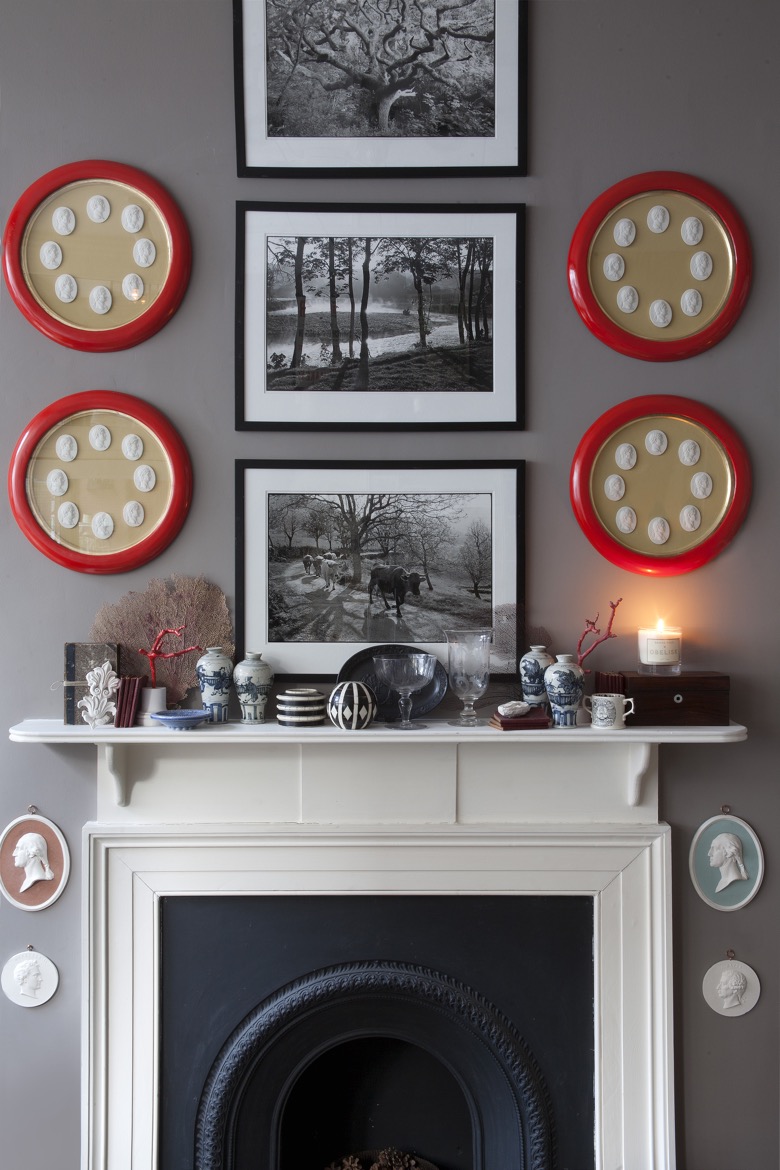Intaglio versus Cameo
I have been asked to explain the difference between an intaglio and a cameo from the same lovely reader who wanted to know the distinction between faience and transferware. I need her on retainer for post ideas :-). Happy to oblige!
It’s actually very simple. Although many people incorrectly use the terms interchangeably, the difference between the two types of carving all boil down to technique. Think “in” or “out” and you are more than halfway there.
What is an intaglio?
An intaglio is a type of carving where the design is cut into the flat background of a stone.
It gets tricky because you often see intaglios that initially appear like the design is projecting out of the background (like a cameo). Take a closer look. Note that the background plane frames the design and an inner area is scooped out to reveal the sculpted element.
What is a cameo?
A cameo is a type of carving where the design projects out of the background. It is considered a relief image where the sculpted elements raise above the background plane.
Cameos are referred to as a “positive” carving. Intaglios, in contrast, are considered a “negative” carving.
A true cameo is created with a single stone that has different bands of colors. The stone is carefully carved to reveal the background in one color and the raised design in a contrasting color.
Things get a bit muddled today because we now have “assembled cameos.” With an assembled cameo, a carved portrait is set on a different background, usually one of a contrasting color but not always.
I am obsessed with both cameos and intaglios. I love old cameo jewelry as my friend Cheryl will confirm, having dragged her through countless London flea markets searching for a large cameo pin (with success!).
Both positive and negative carvings can make wonderful and timeless decorative elements in a room. One often sees small intaglios framed and hung in groups.
But why not consider going bold with your carvings?
Image credits: First image, Elway Hall by Barry Darr Dixon. Dining room by Alexa Hampton.








